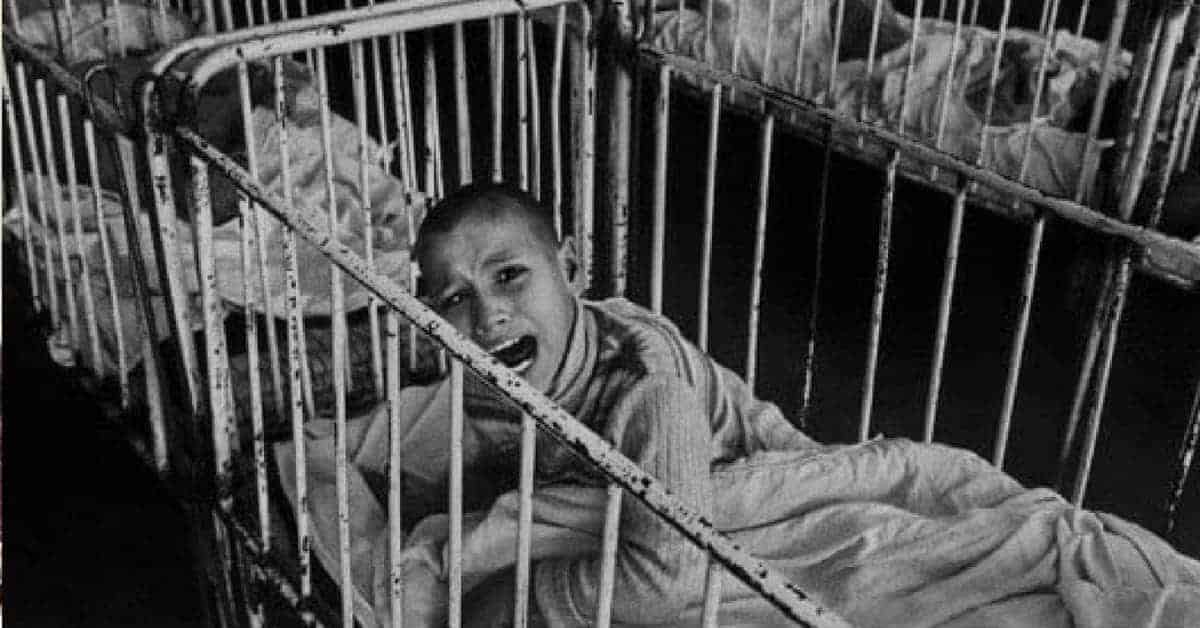Most Dystopian novels, like 1984, Brave New World, and even The Hunger Games can all be considered “science fiction” because the authors all included technology or outlandish scenarios that will probably never exist in reality. It gives the reader a small sense of comfort this terrible world the characters live in could never actually happen in real life.
Margaret Atwood calls her book The Handmaid’s Tale “speculative fiction”, instead of “science fiction”. She made sure to only include technology that already exists, and write about things that had already happened at some point in history. As the saying goes, “history repeats itself”. Her goal was to write a worst-case scenario for a future dystopia from a female perspective.
The book was published in 1985, and it went on to be made into a movie in 1990 and an Emmy-Award-winning TV series in 2017. When she wrote the book, Margaret Atwood had no idea that some of those events actually would come true in the future, like the Taliban’s rise to power and subjugation of women in the 1990’s. And some people fear that Trump’s administration is a sign that things are going in the direction of The Handmaid’s Tale.
Here are 17 moments in history when the events in the book actually did happen in societies around the world. (Warning: If you haven’t read the book or watched the TV series yet, this list contains spoilers.)

The New Jersey Handmaidens
During her research process in the 1980s, Margaret Atwood found an article about a fundamentalist Christian group in New Jersey called The People of Hope, who wanted to return to the old ways of society spelled out in the Bible. The group was started in 1975 by a New York stockbroker and ordained Catholic priest named Robert Gallic. They called the women “The Handmaidens of God”. Atwood took a pen and circled the word “Handmaidens” with a pen. She found the name for her dystopia’s subservient female characters, and the inspiration for the fictional religious group who would take over the government.
Women in The People of Hope were subservient to men, and children were not allowed to date. Marriages between young adults were arranged by their parents. They considered everyone outside of their church as “the empire of evil”. Unlike the Handmaids in Atwood’s dystopia, the real Handmaidens were similar to the Wives of Gilead. They were in a position of power, and it was their responsibility to set a good example for other women, and police one another to make sure they were following the rules of being subservient to their husbands. One ex-member, Kathy Manhardt, was having trouble in her marriage, and she confided with the other members of The People of Hope that she might want to go to marriage counselor. They all quickly told her not to trust a psychologist, and talk to a pastor, instead, who reminded her to simply obey her husband.
Even though they were an offshoot of the Catholic Church, the Archdiocese of Newark condemned the group as a cult. The 75 people who decided to follow the new rules of The People of Hope were fired from their jobs on local councils and Catholic schools, as well as excommunicated from their local Catholic parish. They continued to meet with their own group. Today, The People of Hope is still an active religious group.

